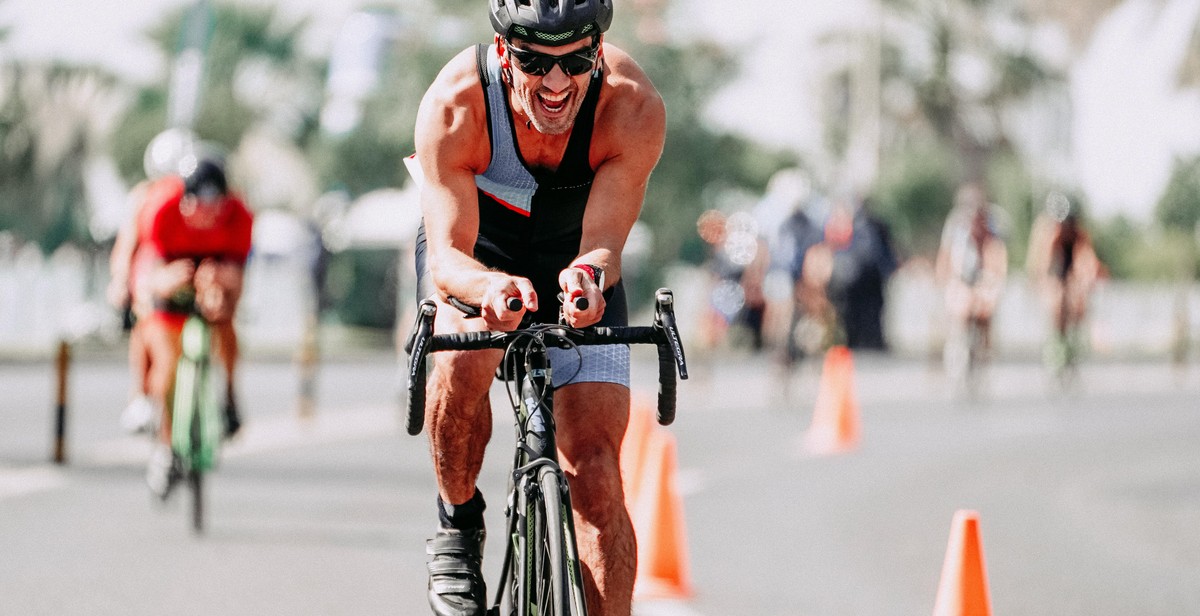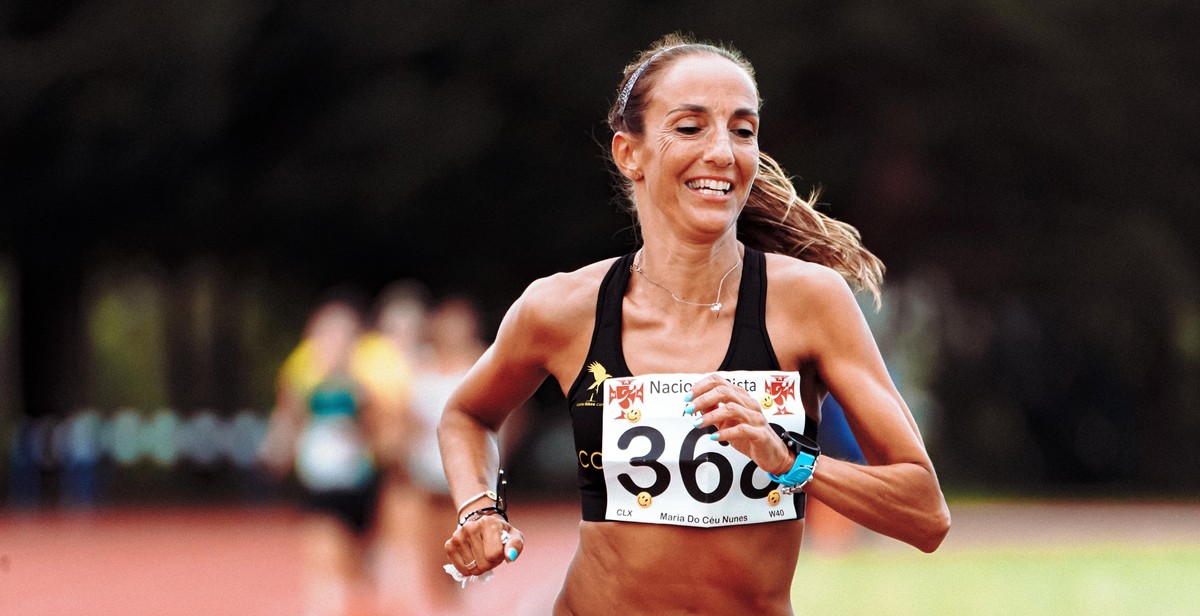How to Train for a Triathlon: Beginner’s Guide to Multisport Endurance
Triathlon is a multisport endurance event that combines swimming, cycling, and running in a single race. It involves completing the three disciplines in succession, with transitions in between, where athletes change from one sport to the next. Triathlons come in different distances, from sprint to Ironman, and require different levels of training and preparation.
What is a Triathlon?
A triathlon is a race that consists of three disciplines: swimming, cycling, and running. The order of the events is fixed, starting with the swim, followed by the bike, and ending with the run. The distances of the race can vary, from a sprint triathlon (typically 750m swim, 20km bike, 5km run) to an Ironman triathlon (3.8km swim, 180km bike, 42.2km run).
The sport of triathlon was invented in the 1970s in San Diego, California, and has since grown in popularity worldwide. Triathlons require a high level of fitness, endurance, and skill in all three disciplines, as well as the ability to transition quickly between them.
Why Train for a Triathlon?
Training for a triathlon is a great way to get in shape, challenge yourself, and achieve a major fitness goal. It requires a balanced approach to training, as well as discipline and dedication. Triathlon training can also be a social activity, with many triathlon clubs and groups offering support, motivation, and camaraderie.
In this beginner’s guide to multisport endurance, we will provide tips and advice on how to train for a triathlon, including setting goals, creating a training plan, improving your technique, and preparing for race day.

Benefits of Triathlon Training
Triathlon training offers numerous benefits to individuals, including improved cardiovascular health, increased endurance and stamina, and enhanced mental toughness. Below are some of the key benefits of training for a triathlon:
Improved Cardiovascular Health
Triathlon training involves a combination of swimming, cycling, and running, which are all excellent forms of cardiovascular exercise. By regularly engaging in these activities, individuals can improve their heart health, lower their blood pressure, and reduce their risk of heart disease. Additionally, triathlon training can help to increase the efficiency of the cardiovascular system, allowing the body to use oxygen more effectively during exercise.
Increased Endurance and Stamina
Training for a triathlon requires a significant amount of endurance and stamina. By gradually increasing the duration and intensity of their workouts, individuals can improve their overall fitness and build the endurance necessary to complete a triathlon. This increased endurance can also translate to other areas of life, such as improved performance in other sports or increased energy levels throughout the day.
Enhanced Mental Toughness
Triathlon training can be mentally challenging, requiring individuals to push themselves beyond their perceived limits. By consistently pushing through discomfort and fatigue during training, individuals can develop mental toughness and resilience that can be applied in other areas of life. Additionally, completing a triathlon can provide a sense of accomplishment and boost self-confidence.
Other Benefits
In addition to the benefits listed above, triathlon training can also help individuals to:
- Burn calories and lose weight
- Improve flexibility and range of motion
- Strengthen muscles and bones
- Reduce stress and improve sleep quality
| Activity | Calories Burned per Hour (based on 150-pound person) |
|---|---|
| Swimming | 408 |
| Cycling | 544 |
| Running | 680 |
Overall, training for a triathlon can provide numerous physical and mental benefits, making it an excellent choice for individuals looking to improve their overall health and fitness.

Training for a Triathlon
Training for a triathlon requires a lot of dedication and hard work. However, with the right mindset and training plan, anyone can successfully complete a triathlon. Here are some tips on how to train for a triathlon:
Setting Realistic Goals
Before starting your training, it’s important to set realistic goals for yourself. Decide on the distance you want to complete and the time frame in which you want to do it. Keep in mind your current fitness level and any injuries or limitations you may have. Setting achievable goals will help you stay motivated throughout your training.
Creating a Training Plan
Creating a training plan is crucial for success in a triathlon. Your plan should include a balance of swimming, cycling, and running workouts, as well as brick workouts (combining two or more disciplines). It’s important to gradually increase your training volume and intensity over time to avoid injury and burnout. Consider hiring a coach or joining a triathlon training group to help you create a personalized plan.
Swimming
Swimming is often the most challenging discipline for beginners. It’s important to focus on technique and form to improve your efficiency in the water. Consider taking swimming lessons or joining a masters swim team to improve your skills. Incorporate interval training and open water swims into your training to prepare for race day.
Cycling
Cycling requires both endurance and strength. Incorporate hill repeats and interval training into your cycling workouts to improve your power and speed. Practice riding in aero position to improve your aerodynamics and efficiency. Don’t forget to also work on bike maintenance and repair skills.
Running
Running is often the most familiar discipline for beginners. It’s important to focus on proper form and technique to improve your efficiency and reduce the risk of injury. Incorporate interval training and hill repeats into your running workouts to improve your speed and endurance. Consider investing in proper running shoes and socks to prevent blisters and other foot injuries.
Brick Workouts
Brick workouts are an essential part of triathlon training. These workouts combine two or more disciplines to simulate race day conditions. Practice transitioning between swimming, cycling, and running to improve your speed and efficiency on race day.
Nutrition and Hydration
Nutrition and hydration are crucial for success in a triathlon. It’s important to fuel your body with the right nutrients before, during, and after your workouts. Consider working with a sports nutritionist to create a personalized plan. Don’t forget to also stay hydrated throughout your training.
Rest and Recovery
Rest and recovery are often overlooked in triathlon training. It’s important to give your body time to rest and recover between workouts to avoid injury and burnout. Incorporate rest days into your training plan and consider incorporating activities such as yoga and stretching to improve flexibility and reduce muscle soreness.
By following these tips and staying consistent with your training, you’ll be well on your way to successfully completing a triathlon.

Preparing for Race Day
As your triathlon race day approaches, it’s important to make sure you have all the necessary equipment, nutrition, and mental preparation in order to perform your best. Here are some key things to consider:
Equipment Checklist
Before race day, make a checklist of all the equipment you’ll need for each leg of the race. This may include:
- Swim: wetsuit, goggles, swim cap, timing chip
- Bike: bike, helmet, cycling shoes, water bottle, bike pump, spare tire tubes
- Run: running shoes, race belt, hat or visor, sunglasses
Make sure all your equipment is in good condition and that you’ve practiced using it in training. You don’t want any surprises on race day!
Race Day Nutrition and Hydration
Proper nutrition and hydration are crucial for performing your best on race day. Make sure you’ve planned out your meals and snacks leading up to the race, and that you have a plan for staying fueled and hydrated during the race itself.
Some tips for race day nutrition and hydration include:
- Eat a balanced meal containing carbohydrates, protein, and healthy fats a few hours before the race
- Stay hydrated by drinking water and/or sports drinks throughout the race
- Bring snacks like energy gels, bars, or fruit to eat during the race as needed
Mental Preparation
Preparing mentally for a triathlon can be just as important as physical preparation. Here are some tips for getting in the right mindset:
- Visualize yourself successfully completing the race
- Practice positive self-talk and focus on your strengths
- Stay calm and focused on race day by using relaxation techniques like deep breathing or yoga
- Remember to have fun and enjoy the experience!
By taking the time to prepare your equipment, nutrition, and mindset, you’ll be setting yourself up for success on race day. Good luck!

Conclusion
Training for a triathlon is a challenging but rewarding experience. With the right mindset, dedication, and discipline, anyone can become a successful triathlete. The key is to start slow and gradually increase the intensity and duration of your workouts.
Final Thoughts
Remember that triathlon training is not just about physical fitness, but also mental strength and endurance. You will face obstacles and setbacks along the way, but it’s important to stay focused on your goals and keep pushing yourself.
Make sure to incorporate a variety of workouts into your training plan, including swimming, biking, running, strength training, and stretching. Also, don’t forget to fuel your body with healthy and nutritious foods, and get plenty of rest and recovery time.
Stay Motivated
Joining a triathlon community or finding a training partner can be a great way to stay motivated and accountable. Celebrate your progress and accomplishments, no matter how small they may seem, and be proud of yourself for taking on this challenge.
| Training Tips | Key Takeaways |
|---|---|
|
|
Remember, the journey to becoming a successful triathlete is not easy, but it’s worth it. With the right mindset and training plan, you can achieve your goals and become a stronger, healthier, and happier version of yourself.
